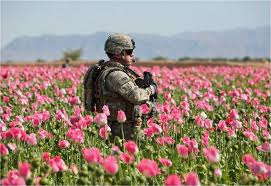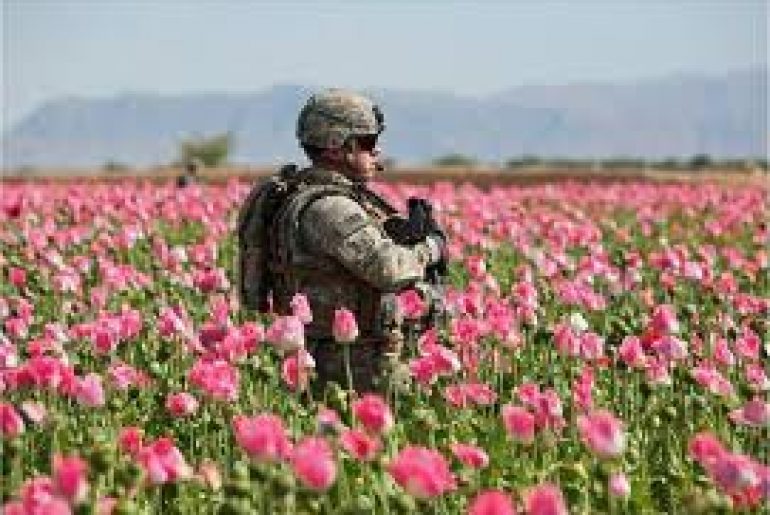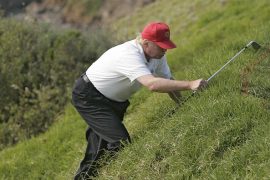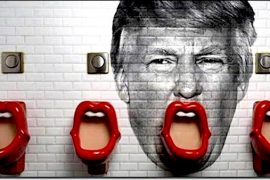
The goal of a ‘Drug Free Society’ resembles that of a “Workers’ Paradise” or a “Rational Market” in its presumption that human beings are both predictable and perfectible, as long as the state behaves in one way or another and the consequence of inaction will be – not the status quo – but chaos. To stave off this apocalypse, the drug prohibitionist demands ever expanding freedoms and powers, with the dubious end goal of eliminating both the supply and the demand for drugs. His model nations are countries like Singapore or Malaysia, but the popularity of drugs among the middle class and educated constrains him. Instituting Singapore’s laws would mean militarizing suburban police departments, imprisoning millions and executing thousands of his core constituency, thus transforming his existential crusade into a protracted war against the weak. Addicts, poor communities, and developing countries pay the highest price for the drug war, and for this reason drug prohibition should be repealed at the federal level.
Drug prohibition makes poor communities far more violent than they would be otherwise by undermining rule of law. This might seem counterintuitive, but ‘rule of law’ is largely dependent on the state establishing a monopoly on the legitimate use of violent force. Prohibition indirectly funds criminal enterprises who then compete with law enforcement by establishing their own rules and enforcing them far more consistently and harshly than the police. When residents compare law enforcement’s inability to close open-air drug markets or clear more than 22% of homicides to the cold efficiency of many drug entrepreneurs, it is difficult to have complete faith in the law. When you combine this with unpopular drug war policies like stopping and frisking, asset seizures, or racial profiling, you get a picture of communities under siege and law abiding citizens being used as human shields. Many attribute crime in poor communities to a indifference on the part of those in the community, but in a nation where only 1 in every 15,000 cocaine transactions result in actual convictions, few are going to risk upsetting local dealers to score one more conviction.
Drug trafficking violence is due to prohibition not drugs. Medical marijuana providers resolve contracts with no violence like opium dealers before drugs were outlawed in 1914. When cigarettes are taxed beyond a certain level organized criminals step into that business too, violently at times, though one can hardly argue that Phillip Morris or other cigarette manufacturers do the same. Alcohol distributors waged war in the streets during the Alcohol prohibition era between 1920 and 1933, but when alcohol was legalized this violence dissipated. Drugs have been decriminalized in Holland and Portugal to name a couple of places and there is little drug trafficking violence. The extreme nature of drug trafficking violence is due to the illegal enterprises being unable to resolve contract disputes in courts and having to make examples of violators. Raising the level of prohibition enforcement increases this need amongst dealers and lowering enforcement without legalization allows open air drug markets to flourish resulting in lower property values, prostitution, muggings and other related public safety and quality of life concerns. In both cases law-abiding citizens in poor communities are in the most danger.
The claim that legalization will result in skyrocketing drug usage is the central justification for drug prohibition. Before 1914 there were states that outlawed drugs and alcohol to varying degrees and with varying levels of enforcement, but there was little call for intervention at the federal level, especially among Southern states who have always been opposed to expanding federal powers. The Harrison Act of 1914 outlawed drugs and gave the federal government sweeping new powers, but had to rely on bigoted and paternalistic claims to get popular support. Proponents warned that heroin gave Asian men control over helpless white women; that marijuana turned Mexicans into blood thirsty murderers; and that cocaine gave ‘Negroes superhuman powers’. The more ‘enlightened’ advocates argued that it was the duty of a white Christian nation to save the darker races from themselves. We hear echoes of these sentiments today, not because drug war advocates are ill spoken or out of touch, but because these arguments are necessary for the preservation of their policies.
While exaggerating the potential dangers of drug use, prohibition raises the actual dangers by ensuring that drugs remain unregulated. Users sometimes succumb to their addiction whether a drug is legal or not, but there are practically no cases of individuals being permanently paralyzed or blinded by alcohol as was the case during the Prohibition Era. There are also fewer treatment options for drug addicts as a result of prohibition. Most drug war dollars go to enforcement rather than treatment, but changing that ratio would not create the kinds of solutions that might come from the private sector. Compare the treatment options available to the cigarette smoker – patches, gums, pills – to those of the cocaine addict. They are both addicts and from a public health standpoint, in need of treatment, but this need is stifled for one and not the other. If the addict is indeed a sick person rather than a stereotype – ‘hype’, ‘basehead’, or ‘fiend’ – then we are complicit in creating the worse possible system for them to navigate: one that makes them both more vulnerable to exploitation and more alienated from family and friends. All of which makes recovery less likely.
Alcohol and drug consumption are influenced primarily by cultural and social trends, not laws. For example, opium consumption rose steadily until the late 1890s then dropped to its lowest level ever due to doctors and public safety officials warning Americans about its dangers. There is no data on alcohol consumption during the Prohibition period, so many authors use liver cirrhosis death rates as indicators for alcohol consumption. Deaths from cirrhosis dropped 50% during Prohibition and rose steadily after legalization, but then began to drop again in the 1970s and have continued to decline, without any change in alcohol related laws. Portugal decriminalized drugs in 2001 and has seen a slight increase in usage among adults, but a drop in consumption among the youth. The statistics of the US Department of Health paint a picture of a nation on the brink of drug-fueled anarchy with our 22 million illegal drug users, but the reality is far less troubling. Most of them are marijuana users, which most Americans favor legalizing now, so ultimately we are concerned about the 1.7 million users of hard illegal drugs like cocaine, crack and heroin. If hard drug consumption rises at the same rate as alcohol after prohibition there will be 850k additional users. That means that we have spent billions (over a trillion), jailed millions and destabilized nations so that .3 percent of our nation’s citizens will not use hard drugs. To continue on this path is lunacy.
Drug war advocates readily acknowledge flaws in the system and will often suggest that reforms can correct them without mentioning that many of the universally unpopular side effects of the drug war are the result of prior ‘reforms’. The‘crack vs. powder cocaine’ sentencing disparity was created to combat drug trafficking violence in black communities in particular and was endorsed by the Congressional Black Caucus at the time. Mandatory minimums began as ‘judicial guidelines’ in the 1970s and many thought they would lead to shorter, not longer, sentences. Asset seizures were supposed to create a stronger bond between the community and law enforcement by funding neighborhood projects and outreach initiatives in addition to more drug enforcement tools. There are reforms on the way to combat these reforms – mandatory minimums are being overturned and the crack vs. powder cocaine ratio has been lowered to 18:1, but these will not resolve the underlying problems. The young man who is given a lesser sentence as a result of a ‘reform’ will return to a community with few businesses and poorer schools because of drug trafficking related crime. If he is an addict perhaps an enlightened judge will put him in rehab instead of prison, but the chances of him relapsing and overdosing are much higher under prohibition, so the reforms mean little.
In 2009 the Office of National Drug Control Policy announced that it would no longer use the term ‘war on drugs’. If we do not follow this end of bad terminology with an end to drug prohibition it will become one of the many senseless wars that few try to understand let alone name.
Suggested Reading: Drug War Crimes by Jeffrey A. Miron Busted by Mike Gray Reefer Madness by Eric Schlosser Intelligence Squared Debate: America is To Blame for Mexico’s Drug War



1 Comment
Reblogged this on Dueling Interests.